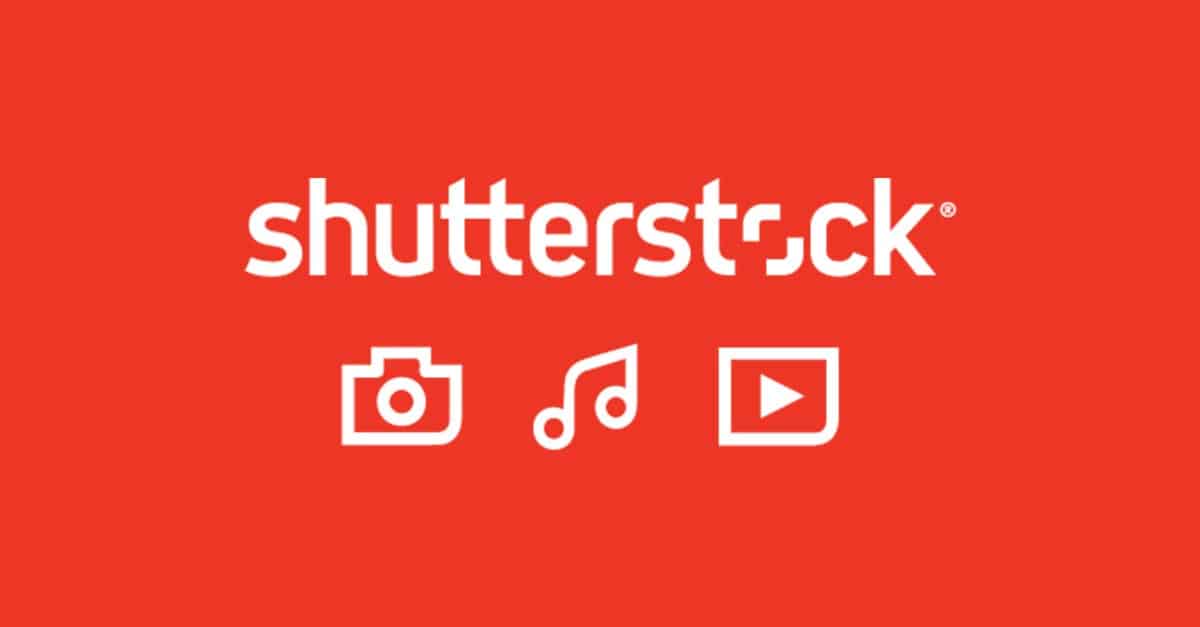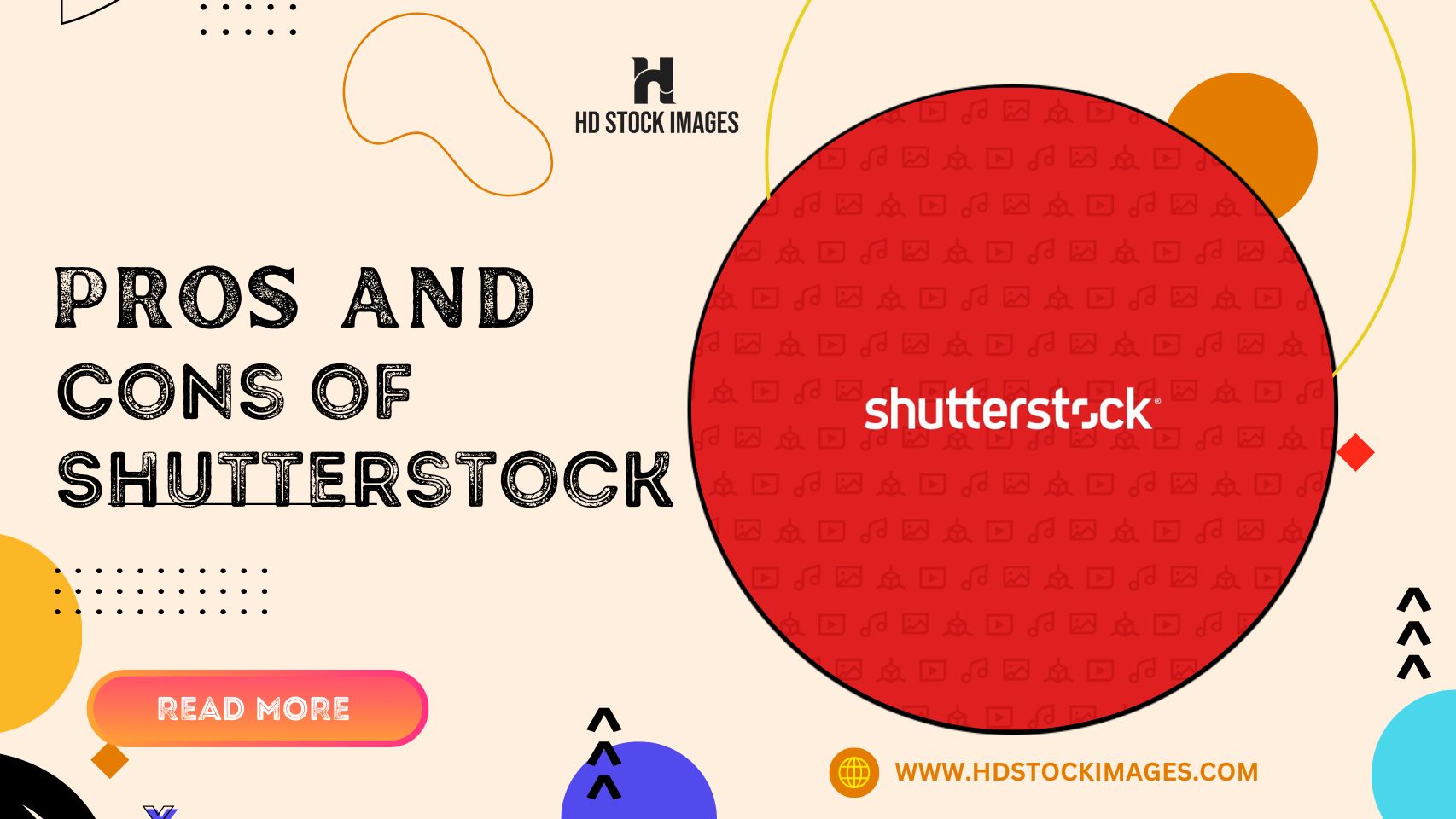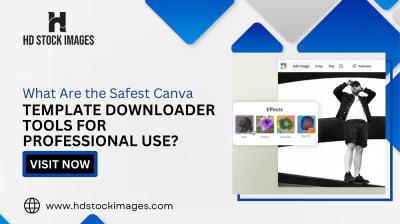I. Introduction
Stock photography platforms have become indispensable tools for individuals and businesses seeking high-quality images for various purposes. One such platform is Shutterstock, a popular and widely-used stock photography marketplace. In this evaluation, we will assess the benefits and limitations of Shutterstock, shedding light on the advantages it offers as well as the potential drawbacks that users may encounter.Shutterstock is renowned for its extensive collection of images covering a diverse range of subjects and themes. However, like any platform, Shutterstock has its own set of pros and cons that users should consider when making decisions regarding their image sourcing. By examining these factors, we can gain a comprehensive understanding of Shutterstock's offerings and assess whether it aligns with specific requirements and expectations.Also Read This: how to download all images from a site
II. Pros of Shutterstock

A. Vast Collection of Images
1. Diverse range of subjects and themes: Shutterstock boasts an extensive library with millions of high-quality images, covering a wide range of topics. From nature and travel to business and lifestyle, users can find images relevant to their specific needs. 2. High-quality images: Shutterstock maintains stringent quality standards, ensuring that the images available on the platform meet professional standards. This guarantees that users can access visually appealing and visually impactful images for their projects.B. User-Friendly Interface
1. Easy search and filtering options: Shutterstock offers intuitive search functionality, allowing users to quickly find images based on keywords, categories, colors, and more. This streamlined search process saves time and enhances the overall user experience. 2. Intuitive browsing experience: The platform's interface is designed to facilitate smooth navigation and browsing. Users can easily explore image previews, view related images, and access essential information, making it convenient to find the right images for their projects.C. Licensing Options
1. Broad range of licensing choices: Shutterstock provides a variety of licensing options to suit different usage requirements. Users can select from standard licenses for common applications or opt for enhanced licenses for more extensive usage rights. 2. Flexibility in usage rights: The platform offers flexibility in terms of how images can be used. Users can acquire licenses for commercial or editorial purposes, and the platform specifies usage restrictions, allowing users to align their image usage with their specific needs.D. Cost-Effective
1. Competitive pricing and subscription plans: Shutterstock offers competitive pricing options for image licenses, making it an affordable choice for individuals and businesses. Additionally, the platform provides subscription plans that allow users to access a certain number of images per month at a discounted rate. 2. Discounts for bulk purchases: For users who require a large volume of images, Shutterstock offers cost-saving options such as bulk image packs. These discounted packages allow users to save money while still accessing a significant number of high-quality images.These pros contribute to Shutterstock's appeal as a stock photography platform, providing users with a vast collection of images, a user-friendly experience, flexible licensing options, and cost-effective solutions for their image needs.This video shows how to Pros and Cons of Shutterstock: Evaluating the Benefits and Limitations of the Stock Photography Platform:Also Read This: How to Use Behance Templates: Leveraging Templates for Efficient Portfolio Creation
III. Cons of Shutterstock
A. Limited Exclusivity
1. Popular images may be overused: Since Shutterstock is a widely-used platform, popular images can be heavily utilized by a large number of users. This may result in a lack of uniqueness or originality in certain projects, as the same images may appear in multiple contexts. 2. Less unique content compared to exclusive platforms: While Shutterstock offers a vast collection, it may have a smaller pool of exclusive or unique images compared to platforms that focus on curated, exclusive content. This could limit the availability of more specialized or niche visuals.B. Inconsistent Image Quality
1. Varied quality across contributors: As Shutterstock hosts images from various contributors, the quality can vary. Some images may not meet the same level of professionalism or may have lower resolution compared to others, which can impact the overall visual appeal and usability of the platform. 2. Difficult to determine image authenticity: With a large volume of images available, it can be challenging to ensure the authenticity or originality of each photograph. There is a possibility of encountering images that have been heavily edited or manipulated, which may not align with users' desired standards or authenticity requirements.C. Overreliance on Stock Photography
1. Lack of originality and uniqueness: Relying heavily on stock photography can lead to a lack of originality in visual content. As stock images are widely accessible, it may be challenging to create a truly unique or distinctive visual identity for a project or brand. 2. Difficulty in finding niche or specialized images: While Shutterstock offers a wide range of subjects, it may be more challenging to find highly specialized or niche visuals. Users with specific requirements or industries may find it harder to locate images that align perfectly with their specific needs.D. Pricing Structure
1. Additional fees for extended licenses: While the base licensing options are available at a reasonable cost, extended licenses for certain uses, such as merchandise or large-scale distribution, may incur additional fees. This can increase the overall cost for users who require extensive usage rights. 2. Costly for one-time or infrequent users: For individuals or businesses with infrequent image needs or those requiring a single image for a specific project, the pricing structure of Shutterstock might be less cost-effective. Paying for individual image licenses can be more expensive compared to subscription plans, making it less favorable for occasional users.These cons should be taken into consideration when evaluating Shutterstock as a stock photography platform. While it offers a wide range of images and user-friendly features, the limited exclusivity, inconsistent image quality, reliance on stock photography, and pricing structure should be weighed against individual needs and preferences.Should you employ #AI to write your #content for you? Can a machine express passion and emotion as well as a human can? Learn the pros and cons of AI-generated content here 👇 https://t.co/N6TId2FNuC
— Shutterstock (@Shutterstock) April 25, 2022
Also Read This: How to Make Delicious Cold Coffee
IV. Here's a table of the pros and cons of Shutterstock:
| Pros of Shutterstock | Cons of Shutterstock |
|---|---|
| Vast Collection of Images | Limited Exclusivity |
| User-Friendly Interface | Inconsistent Image Quality |
| Licensing Options | Overreliance on Stock Photography |
| Cost-Effective | Pricing Structure |
Also Read This: Discover How Much Shutterstock’s Enhanced License Is
V. FAQ:
Q1: What is Shutterstock? ANS: Shutterstock is a popular stock photography platform that provides users with access to a vast collection of high-quality images, videos, illustrations, and music. It serves as a marketplace where photographers, videographers, and artists can upload and license their creative work to individuals and businesses in need of visual content.Q2: Can I use Shutterstock images for commercial purposes? ANS: Yes, Shutterstock provides licenses for commercial use. When you purchase a license for an image, video, or any other asset, you acquire the right to use it in various commercial projects, including advertisements, websites, blogs, social media, and more. However, it's important to review the license agreement for each asset to ensure compliance with specific usage rights and restrictions.Q3: What is the pricing structure of Shutterstock? ANS: Shutterstock offers various pricing plans and options to suit different user needs. They provide both individual and enterprise plans. Individual plans typically involve subscription-based pricing, where users pay a monthly or yearly fee for a certain number of downloads per month. Enterprise plans are tailored for businesses and offer customized pricing based on specific requirements such as team size, usage volume, and additional features.Q4: Can I contribute my own content to Shutterstock? ANS: Yes, Shutterstock welcomes contributors to submit their own photos, videos, illustrations, and music for licensing on the platform. You can apply to become a contributor through their website and, if accepted, upload your creative work for review. If approved, your content will be available for purchase by Shutterstock users, and you'll earn royalties based on the license type and usage.Q5: What alternatives are there to Shutterstock? ANS: There are several alternatives to Shutterstock, including:- Adobe Stock: Adobe's stock platform offers a vast library of high-quality visuals and seamless integration with Adobe Creative Cloud applications.
- Getty Images: Known for its premium content, Getty Images provides a diverse collection of visuals, including exclusive content from renowned photographers.
- Unsplash: Unsplash offers a large collection of free-to-use, high-resolution images contributed by a global community of photographers.
- Pexels: Pexels provides free stock photos and videos with a focus on high-quality and diverse content.
- iStock: iStock, owned by Getty Images, offers affordable stock content with various licensing options.
- Pixabay: Pixabay offers a wide range of free images, videos, and music under a Creative Commons Zero (CC0) license, allowing for unrestricted usage.

 admin
admin








